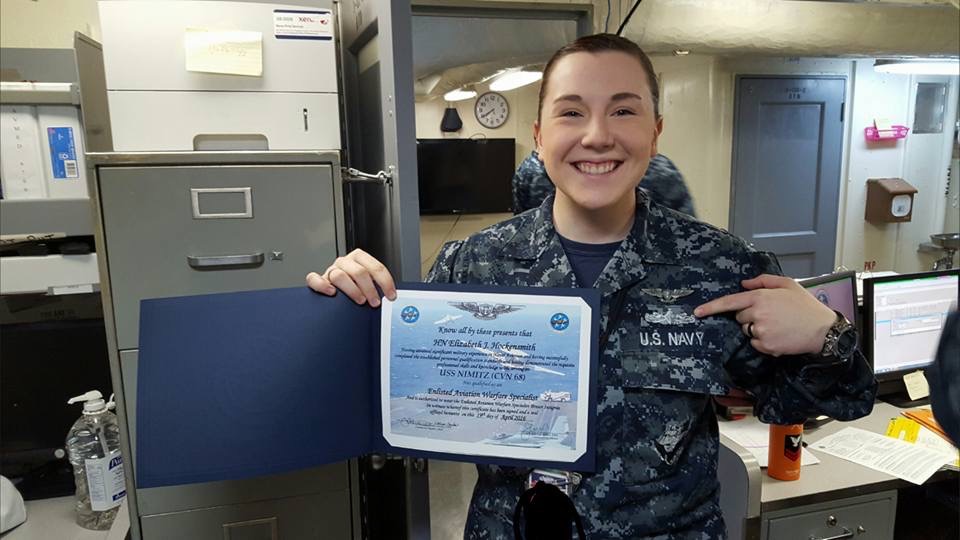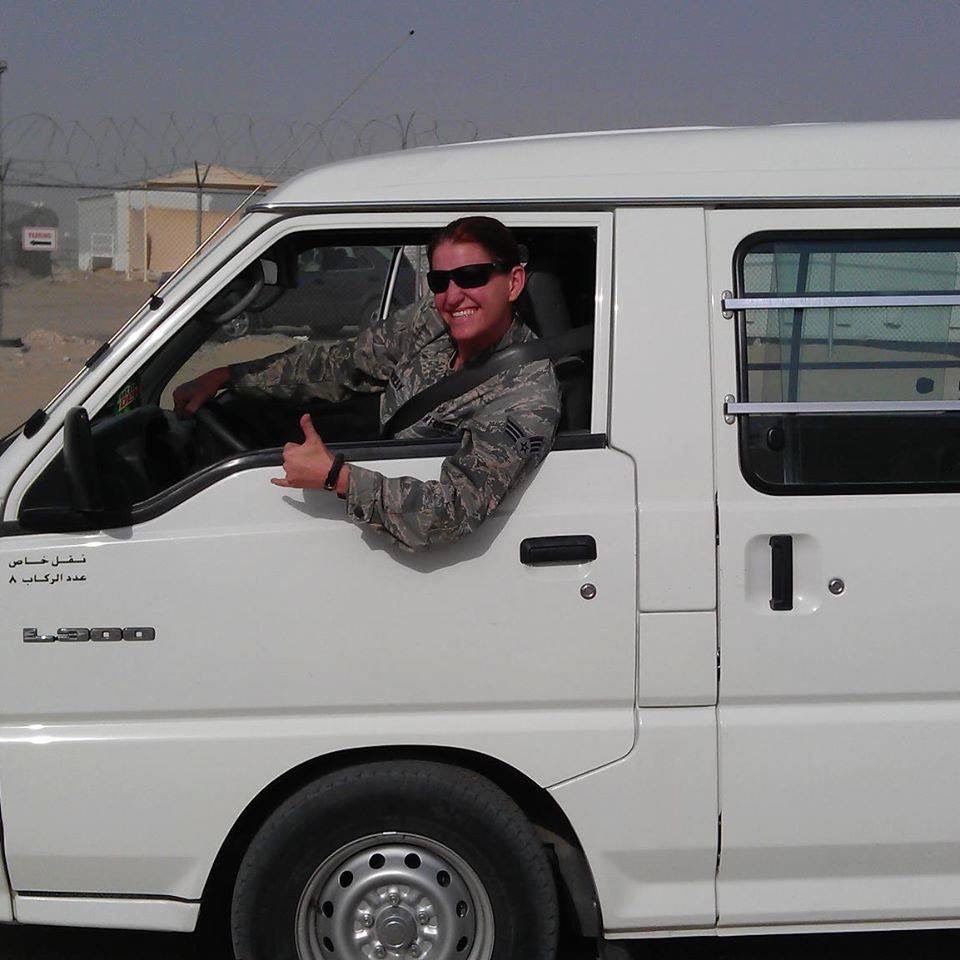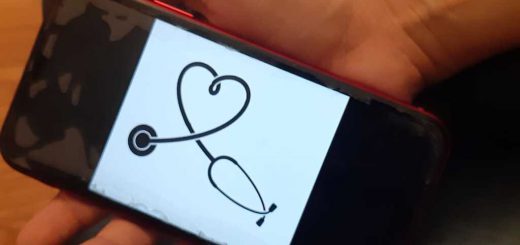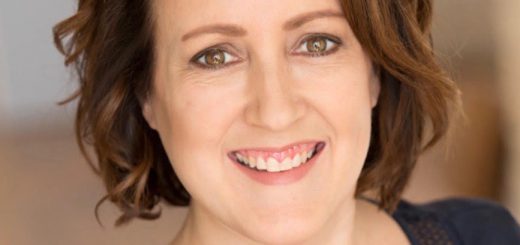Student veterans bravely navigate campus
Returning to school requires resilience, mental health support and peer connections.
By Jiang Li and Kendall Van Horne
Student veterans come to the University of Minnesota to build new futures, but they often carry the conflicts of their past.
Last year, 1,013 student veterans registered for classes on the Twin Cities campus, according to data from the University Veterans Services. Their average age was 31.
Some are here for their first degrees. Others seek second career paths. All want to build new lives after years of military service that sent a portion of them around the world and sometimes put them face to face with the trauma of war.
Their transition to academia is often not an easy road, said Jabra Kawas, the assistant director of University Veterans Services.
The main difficulty, he said, is dealing with mental health or disabilities, some of which may have developed in connection to their service. Other challenges include connecting with non-veteran peers or the stigma they say they sometimes feel in the classroom because of their military past.
The University offers support for veterans through a variety of venues. University Veterans Services at One Stop Student Services helps students navigate GI Bill scholarships. The Student Veteran Association offers support from peers and a safe space to decompress after a stressful day of classes. Student veterans also have access to the campus mental health resources available to all students.
“I think the most important thing is to make sure that we are assisting the best that we can with the transition for the student veterans from the military to college and to make sure that we are helping those who have sacrificed for our country,” Kawas said.
The experiences of UMTC student veterans have many shared aspects, but each of their stories is unique. Below are two such stories: one of a 25-year-old veteran joining the University after serving in the military halfway around the world, and the other of a woman, older by a decade, returning for a second chance after her service ended with a cancer diagnosis.
From Blue Angels to history class

Elizabeth Hockensmith served on a Nimitz Class aircraft carrier, which is the largest aircraft in the United States Navy. She flew with the Blue Angels, the second oldest formal aerobatic team, and dealt with airstrikes and other threats while she was deployed around the world.
As a current junior at the University of Minnesota, the 25-year-old said she struggles with the transition to college life, calling her history and biochemistry majors a “serious pain.”
“I have faced a lot of anxiety and pressure to do well in school, but it doesn’t help that I don’t remember a lot of the material from high school due to my age,” she said.
In 2018, Hockensmith finished her five-year military service and chose to go back on campus for a bachelor’s degree, surrounded by students who are years younger.
She does her best to make it through every day with resolve and enthusiasm, trying to blend in with everyone else. Wearing a pair of red running shoes, a red, white and blue beanie with a giant puffball, Hockensmith seamlessly headed out from a physics class amid the flow of students on a recent spring day before the cancellation of in-person classes.
But she said many students’ misconceptions about the military have disappointed her. “I faced a lot of ridicule from some people about being a veteran,” she said. “They looked down on me.”
Hockensmith joined the U.S. Navy at the age of 18 propelled by her mother’s hope that the military could help build her into a competent adult. Hockensmith admits that the threats she faced were character-building.
“It was kind of scary being out there,” she said, describing the military as “somebody was getting into your face and yelling at you and breaking you down to your smallest degree.”
Today, to immerse herself in college life, Hockensmith joined the Student Veterans Association and has met many other veterans around her age.
She said she likes when younger students come and ask for her help. She mentors younger students about life and teaches them about how to live in the world as an adult. She mentors many women, some of whom have experienced sexual assault in the military like she has.
Hockensmith said her military experience has shown her the importance of resilience, second chances, hard work and perseverance.
“I was getting in trouble, and I had terrible grades,” Hockensmith said. “[My headmaster] sent my mother a letter thanking her for me. She was crying on the phone. It was a defining moment in my life.”
Hockensmith said she left the military because her body was tired; she has problems with hips and knees. Now, she said, she wants to be a dentist. “I think when I left, I felt a sense of pride that I had done good and had done something for my country,” she said.
Through cancer to a new future

Marianne Reilly returned to college after a career in the military, motivated by the Great Recession, ended abruptly with a brain cancer diagnosis.
Now with her cancer in remission, the 36-year-old is a focused retail merchandising major. Unlike her peers, many of whom are well-dressed aspiring fashion influencers, she has no problem wearing jeans, an Erik’s Bike Shop sweatshirt and slip-on Vans to classes – at least while they were still being held on campus.
Like many nontraditional students who join the ranks of undergraduates late in life, sometimes-rocky life experiences have led her to university life.
“I like to say I’m a walking Hallmark movie,” Reilly said.
Reilly was diagnosed with brain cancer in 2011 after working in an Air Force building in Hawaii she said was infested with asbestos. She was medically retired from the military and returned home to St. Paul, Minn., where she recovered for two years. During her medically-induced coma, she realized she needed a bike. When she recovered, she bought that bike from Erik’s Bike Shop.
“One day I walked into my local Erik’s to get my bike fixed and I saw they were hiring, and I felt this joy overcome me,” she said. “I felt like this is the right place and it’s just meant to be. And when I started working and getting some more experience, I thought, I want to see how I can move up in the company. And that’s what brought me to the retail merchandising program.”
This was not Reilly’s first college degree. She graduated with a degree in political science from Minnesota State University Mankato in 2006, but when the stock market crashed two years later, she was left with few job prospects. At age 25, she decided to become a meteorologist for the Air Force.
She was shipped off to boot camp at Laughlin Air Force Base in Del Rio, Texas where she started her training and later moved on to a base in Biloxi, Miss to complete her training. She ended up being permanently stationed at a base in Hawaii.
“It was really cool because my uncles and my grandfather had served in the military. They were in the Pacific Rim,” Reilly said. “So, to be in the old barracks of the Pearl Harbor attack was just one of those moments of your life that changes you.”
While Reilly was in Hawaii, she forecasted weather for bases in Japan and Korea, despite never setting foot in them. She was later deployed to Kuwait for two and a half weeks.
“I went on a 5K fun run. I placed first and I immediately had a seizure,” Reilly said. That was
how she found out she had brain cancer.
“The medevac flight from Germany to Andrews Air Force Base, that was the worst flight of my life,” she said. “I was getting empathy from people who were blown up in Iraq. I thought, how bad is this going to be?”
Reilly was disappointed she couldn’t spend more time in Kuwait. She was offered an opportunity to jump out of airplanes as an airborne meteorologist, but she had to turn it down due to her medical diagnosis.
“That was the most soul crushing day of my life. It didn’t matter what my diagnosis was,” she said. “I had to turn down my dream job.”
Reilly’s brain cancer is in remission now, but it could come back at any time. She’s taking it slow, working at the Erik’s in Maple Grove as much as she can, and keeping in mind that extra stress might affect her mental health.
“I’m taking classes three quarters time just because, wow, that’s a lot,” said Reilly. “And panic attacks are not fun.”
She found a safe space on campus at the Student Veterans Association of the University of Minnesota. The SVA is a space provided by the university and maintained by the students who are members of the organization. They hold networking events and provide a space for veterans to spend time with others who have shared their experiences.
Reilly was recently elected as an officer for SVA, with a goal to do more marketing and promotion for them. Specifically, she hopes to encourage more female veterans, like Hockensmith, to join.
“If I’m on campus, this is such a safe space for me because this is like my little deprivation hole where I can talk to other veterans,” Reilly said.


